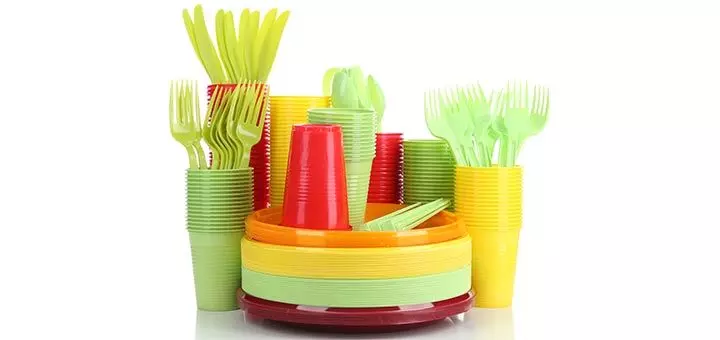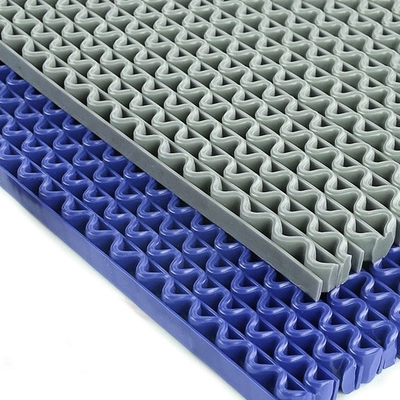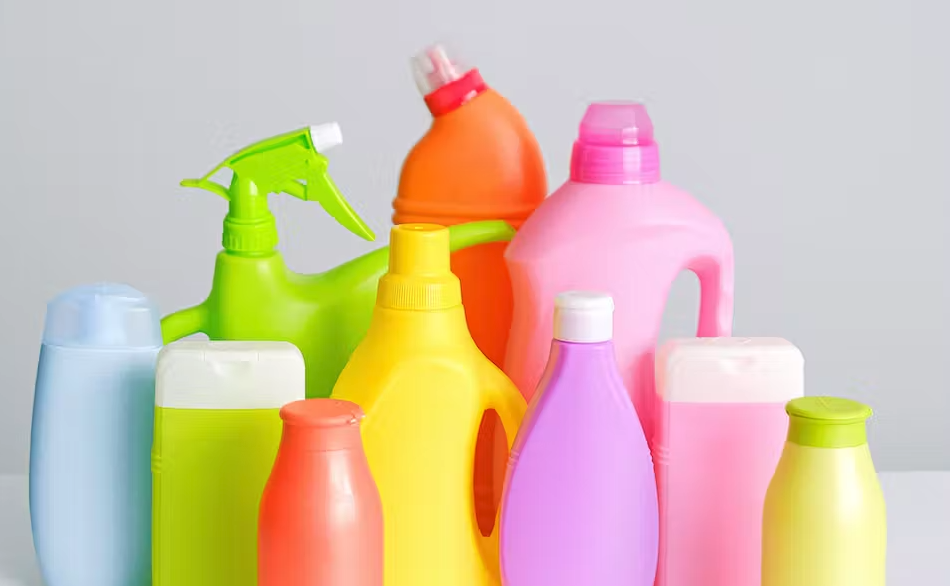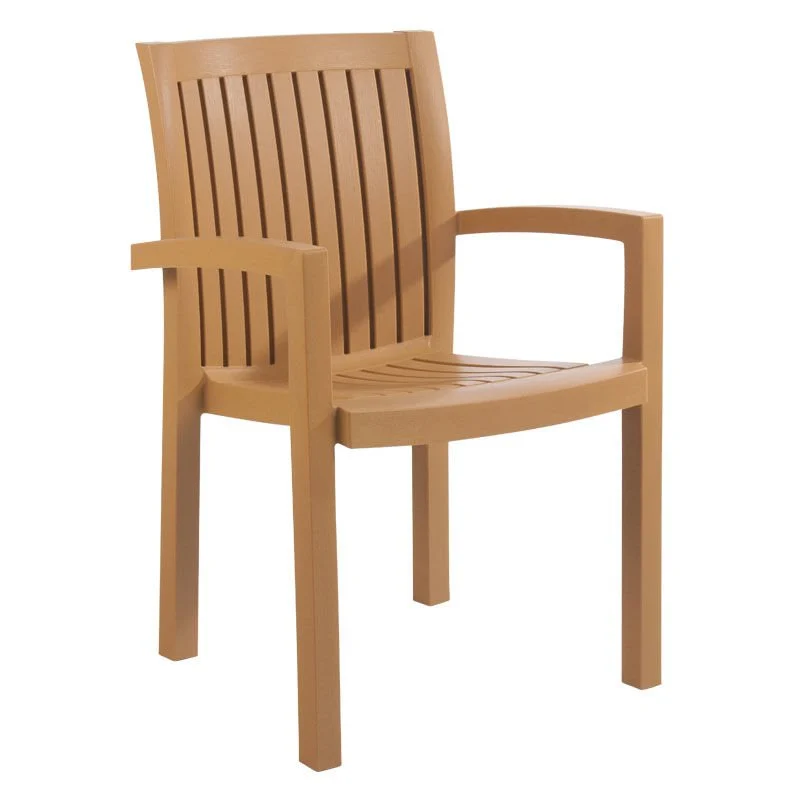Polipropilen -PP
What is Polypropylene?
Polypropylene is a semi-rigid, transparent, easy-to-shape, inexpensive polymer produced by the polymerization of propylene. The monomer propylene is obtained from petroleum.
Polypropylene is a slightly saturated or unsaturated linear hydrocarbon polymer and is divided into two groups: isoactic and atactic. Isoactic polypropylene is a polymer with a crystal structure, while atactic polypropylene is amorphous and its structure is random. The properties of polypropylene also vary depending on its molecular weight. PP with a high molecular weight is soft, while PP with a low molecular weight is hard and brittle. Polymer with high molecular weight has high melting resistance. The polymer with a low molecular weight is more fluid and has better structural properties.
Its properties are similar to polyethylene, but it is slightly harder and more heat resistant. It is a white, mechanically robust material and has high chemical resistance.
Polypropylene is the second most widely produced commodity plastic after polyethylene.
History
Propylene was first polymerized into a crystalline isotactic polymer by Giulio Natta and German chemist Karl Rehn in March 1954. Thanks to this groundbreaking discovery, the Italian company Motecatini has been pursuing large-scale commercial production of isotactic propylene since 1957. Syndiotactic polypropylene was also synthesized for the first time by Natta and his assistants.
Features
Polypropylene (PP) is a hard, opaque and durable material. It has a low specific gravity and can float in water. The crystal structure of the most common commercial polypropylene is somewhere between low-density polyethylene (LDPE) and high-density polyethylene (HDPE). It is less rigid than LDPE and less brittle than HDPE. It is an electrically insulating material. Thanks to the low surface roughness value, friction resistance is also low. Low surface roughness values allow the materials to be used in food storage containers. Polypropylene is resistant to repeated dynamic loads. It is resistant to crack formation on the material surface in the face of dynamic repetitive loading. It is not resistant to ultraviolet rays. It has been observed that polypropylene materials have a high coefficient of expansion after exposure to heat. However, this expansion coefficient is not as high as that of polyethylene.
– High chemical resistance
– High electrical resistance
– High tensile strength,
– Low wear resistance,
– Low specific gravity
– Resistance to low atmospheric effects
– Can be combined with welding
– Suitable for contact with food.
Polypropylene Usage Areas
Polypropylene is a material we encounter in almost every aspect of our daily lives. Kitchenware, bathroom appliances, plastic garden furniture, tanks, rotary filters, fans, aspirators, bathtubs, clothes hangers, electrical materials, cables, threads, stretch films, automotive industry, etc.
Polypropylene (PP), which has a wide range of uses from parts used in the automotive industry to textile and food packaging, packaging and labeling, textiles (such as rope, thermal underwear and carpet), stationery, plastic parts and reusable containers, laboratory equipment, speakers, automotive It is used in many applications such as parts.
PROCESSING TECHNIQUES
PP is of three types;
1. PPH/ Polypropylene homopolymer,
2. PPC/ Polypropylene block copolymer,
3. PPRC / Polypropylene random copolymer,





